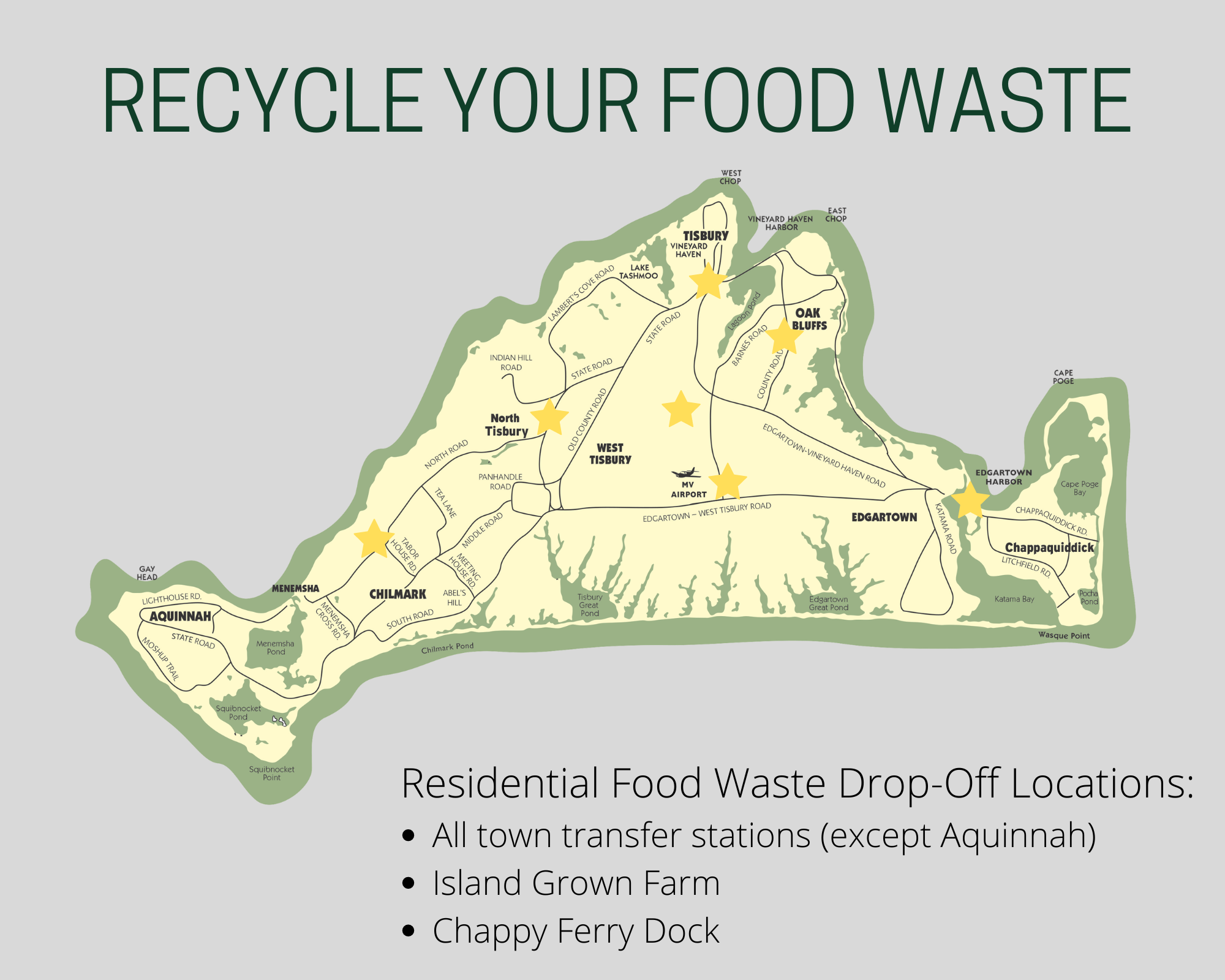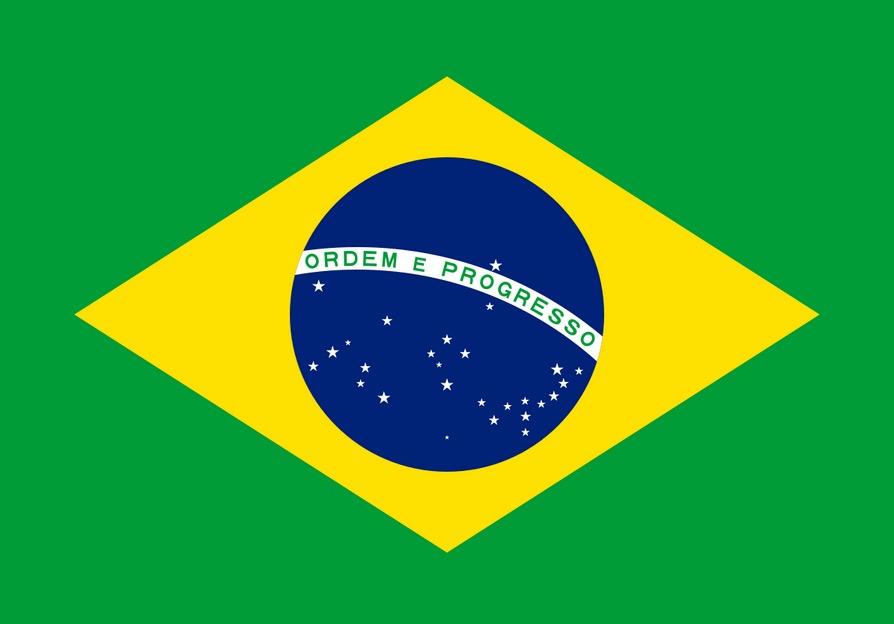OBJECTIVE
Students will be able to locate the seeds found in a plant. Students will recognize the variety of sizes of seeds.
ESSENTIAL QUESTIONS
Where do seeds come from?
MATERIALS NEEDED
A plant that has gone to seed (marigold, kale, lettuce), Piece of white paper, Crayons
PROCEDURE
Introduction: Review what students know about seeds:
What do seeds look like? What do seeds feel like? Where do seeds come from? Reveal plant. Ask students what type of plant they think this is and why? Where do you think the seeds are? How can we tell?
Activity: Each student gets a seed pod at their desk, on a white piece of paper. When given the direction, students can try to find the seeds. Once they find the seeds, students count the number of seeds they have in their pod. Compare the numbers together as a class.
Did all the seed pods have the same number of seeds?
What do you notice about the seed pod? How does it feel? What does it look like? Would you want to eat this plant? Why or why not?
What do you think these seeds are going to turn into?
Collect all of the seeds in an envelope and label with the class name and date. Explain to the students that when the garden is ready for planting, we will get to plant these seeds and find out what they turn into!
How many seeds do you think it will take to grow one plant like this one?
Wrap up/ Assessment: On their paper, students draw what they think this plant might look like in the garden when it is ready to be eaten.
FOLLOW UP & EXTENSIONS
Put the seeds away for winter, and then plant the seeds in the garden in the spring!








